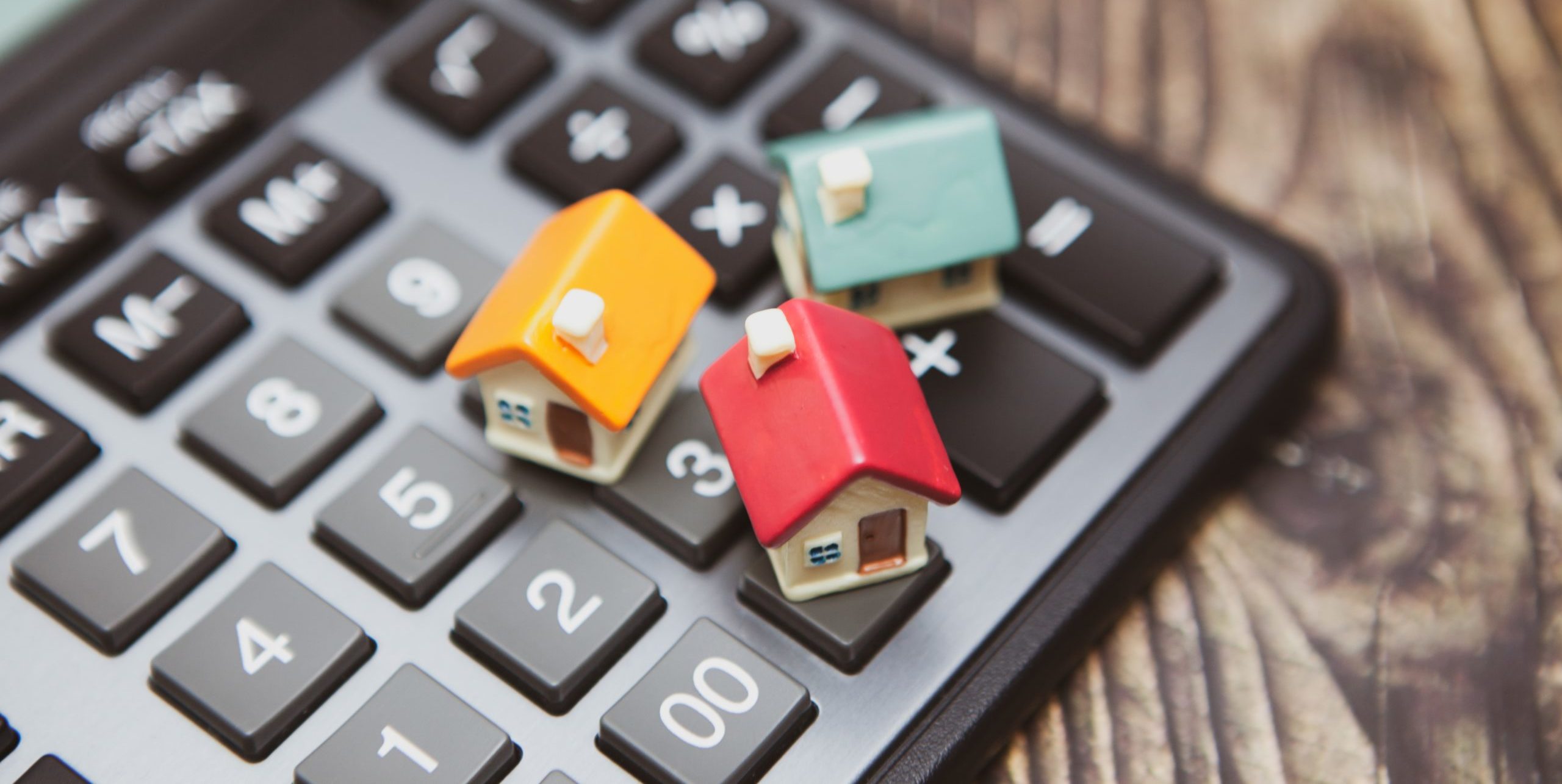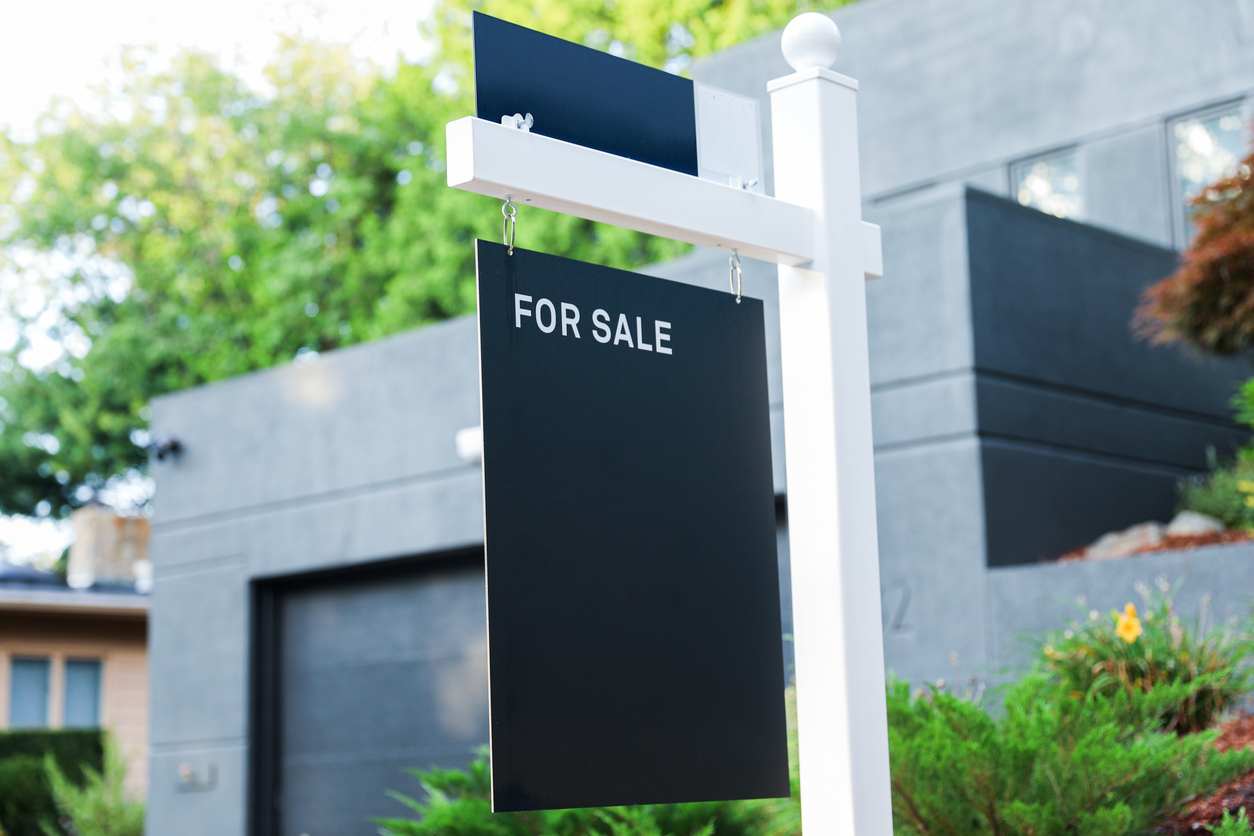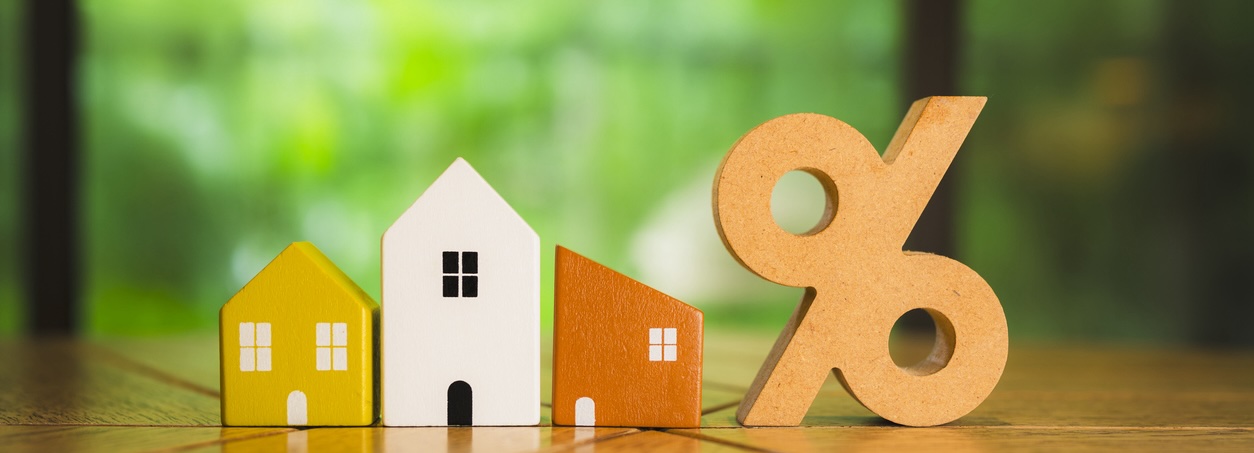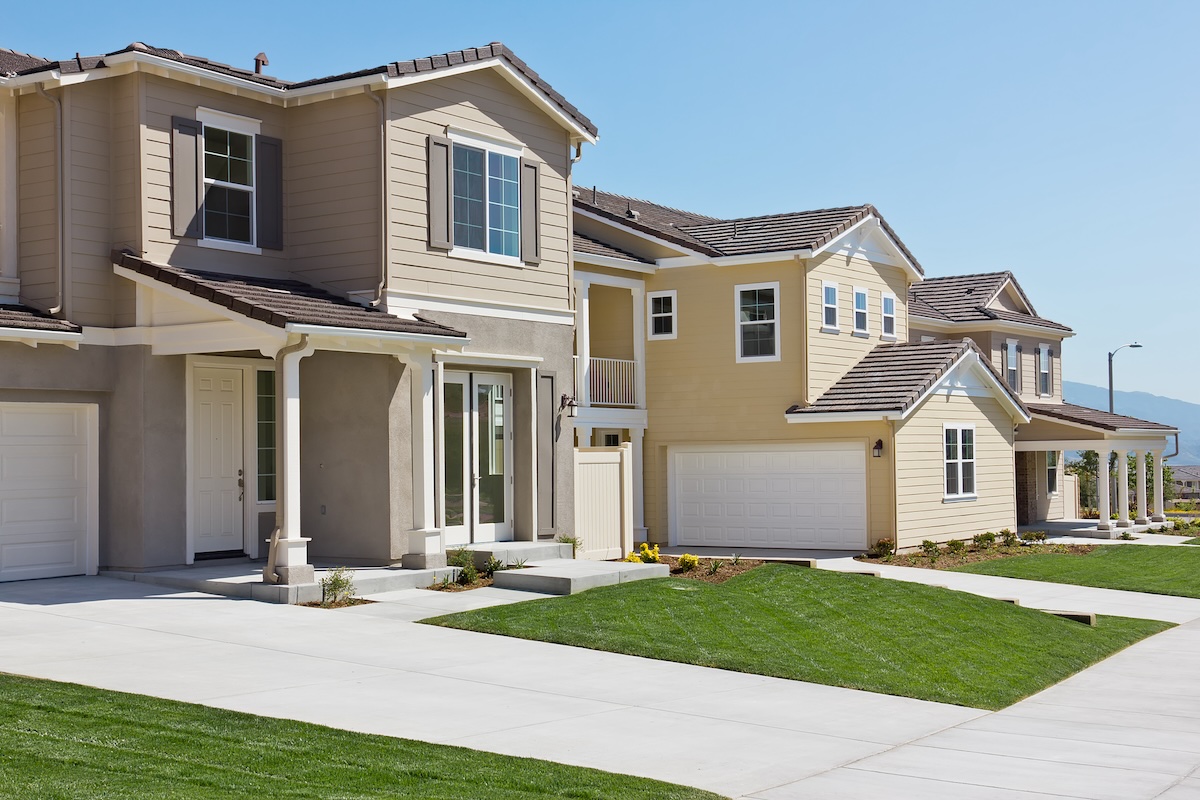
John Scott Unlock Technologies staff writer
Key takeaways
- It’s estimated there are only 4 cities in the U.S where the average American renter can truly afford a starter home.
- Many starter homes used to be available as new construction, but costs of building materials and land have evaporated that segment of the market.
- Home process are falling in response to interest rates, but it still creates monthly mortgage payments that are out of reach to many buyers.
The American Dream is expensive. Why?
With homeownership skyrocketing in the past year, landing a starter home has become out of reach for almost all potential buyers, according to recent research from real estate site Point2.
Let’s clarify the terminology to help make sense of all this. A starter home is the first one a buyer can afford to purchase, usually using savings and mortgage financing. It could be a house or a condominium – generally smaller and cheaper.
And now let’s determine how Point2 arrived at their conclusions. The general rule is a mortgage payment should not be bigger than 30% of your gross (not net) income. And they call a starter home one that’s priced in the bottom third of all inventory in the market. What’s more stunning is many starter homes were once built new: they were modest, simple, no-frills homes built and designed for first-timers. That market has vanished.
Inventories are tight, prices are high (for the moment), and interest rates are hovering at 7% or more. And there are only a handful of big U.S. cities where you can find homes in the $200,000 range.
All of this has created an environment where home affordability has become very challenging.

What’s next in the housing market: the fall
Not only is new home construction slowing, interest rates are rising, and inventories are tight, but even flippers also have reason to be concerned: prices are now falling!

The Federal Reserve Bank’s aggressive interest rate moves to combat inflation have choked the market.
What does this mean? In many cities, renters can’t afford a starter because of prices and interest rates, but if prices are now falling, wouldn’t that make homes more affordable?
No, it doesn’t, at the moment, because elevated interest rates make monthly payments outrageous – and out of reach for many potential buyers.
The dearth of starter homes will likely keep the market discouraging for quite a while. Inventories of available properties will have to increase, and interest rates will have to drop before we see positive headlines.
The blog articles published by Unlock Technologies are available for general informational purposes only. They are not legal or financial advice, and should not be used as a substitute for legal or financial advice from a licensed attorney, tax, or financial professional. Unlock does not endorse and is not responsible for any content, links, privacy policy, or security policy of any linked third-party websites.”


